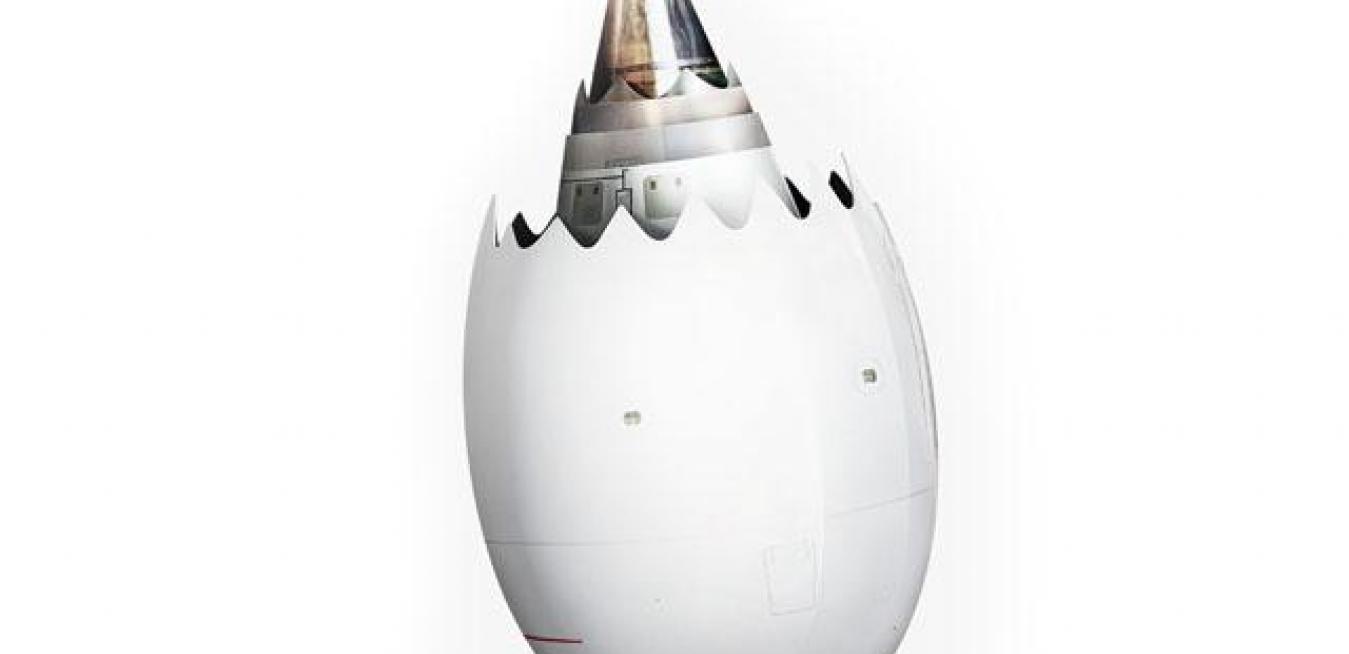Equipped with a GEnx engine, the newest addition to the Jetstar fleet features new technologies including carbon fibre composites and cabin pressure systems that are changing the way we fly.
Qantas Group CEO Alan Joyce, who was on the Jetstar 787 maiden flight earlier this month, said, “We have taken delivery of the world’s most advanced passenger aircraft. The 787 offers not only a superior passenger experience, but also the benefits of lower fuel burn and less carbon emissions.”
Designed and developed completely new from the ground up, the GEnx engines are 15 percent more efficient than the previous generation they replace. They also feature advanced fuel combustion technology and a clearance control system that ensures high performance for the life of the engine – which can be more than two decades.
Max York, GE Aviation Managing Director, Australia & New Zealand, also travelled on Jetstar’s 787 ‘first flight’, and said that passengers will notice the difference of the quieter GEnx engine.
“It’s just a super-efficient engine. Fifteen per cent is a lot. We had the world’s most fuel efficient engine and the GEnx is replacing it,” Mr York said.
“An airline can spend as much as a third to half its costs on fuel,” Mr York said. “So a 2 per cent saving when 50 per cent of the budget is fuel adds 1 per cent to the bottom line. In this industry, 1 per cent is a good profit.”
Carbon fibre composites play an important role in making the 787 Dreamliner’s GEnx engines the most efficient in the market. “The carbon fibre composite fan case is lighter and stronger, and doesn’t corrode as compared to a metal alloy case,” Mr York said.
Carbon fibre composite technology is also featured in the 787 airframe, which means the cabin can be pressurised to the equivalent of 2000 feet lower than other aircraft. As a result, Jetstar passengers may feel less of the effects of jet lag and fatigue. They will also enjoy the Dreamliner’s larger windows and high cabin ceilings – which means everyone in the cabin will feel like their seat is a little bit roomier.
Another first is the technology used in the GEnx’s TAPS (Twin Annular Pre Swirl) combustor that reduces nitrogen oxide (NOx) emissions, which is critical to helping airlines meet their environmental obligations.
Aircraft emissions are measured under a set of standards administered by the Committee on Aviation Environmental Protection (CAEP). The GEnx engine runs at CAEP/6 – the latest CAEP requirement – with NOx emissions cut by more than 50 per cent.





